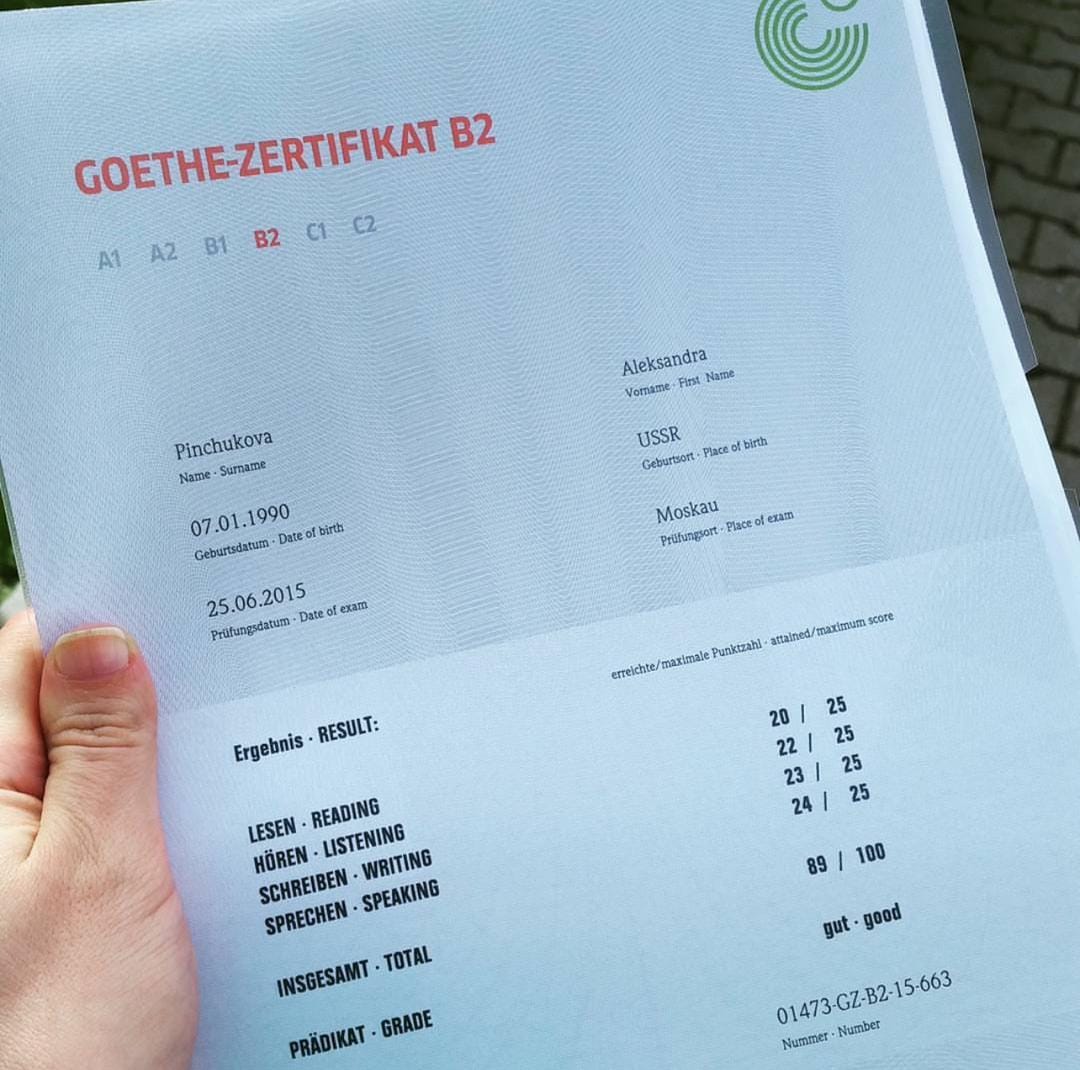20 Things You Need To Be Educated About B1 ÖSD
Understanding the B1 ÖSD Examination: A Comprehensive Guide
The B1 ÖSD (Österreichisches Sprachdiplom Deutsch) evaluation represents an important milestone for learners of the German language. As people increasingly seek to confirm their proficiency for educational, professional, or individual reasons, comprehending the structure, requirements, and preparation methods for the B1 ÖSD ends up being important. This post will guide readers through the evaluation's core components, discussing its significance, structure, study approaches, and offering frequently asked concerns.
What is the B1 ÖSD Examination?
The B1 ÖSD evaluation certifies that candidates possess an intermediate level of efficiency in German, according to the Common European Framework of Reference for Languages (CEFR). At this level, students are expected to understand the bottom lines of clear basic input on familiar topics, deal with many scenarios likely to emerge while traveling in a German-speaking area, and produce easy connected text on subjects of personal interest.
Significance of the B1 ÖSD
Attaining a B1 ÖSD accreditation can substantially benefit individuals in numerous contexts:
- Educational Opportunities: Many universities need evidence of German efficiency for admission.
- Career Advancement: Employers typically value language skills, especially in German-speaking nations or companies connected to the German market.
- Personal Growth: Gaining confidence in communication can improve personal interactions and travel experiences.
Structure of the B1 ÖSD Examination
The B1 ÖSD consists of four primary components: Listening, Reading, Writing, and Speaking. Below is a comprehensive breakdown of each area, including its structure and evaluation requirements.
Part
Duration
Variety of Tasks
Description
Listening
30 minutes
4
Test-takers listen to audio recordings and answer concerns to demonstrate comprehension.
Reading
30 minutes
5
Prospects read texts and complete jobs to show their capability to extract details.
Writing
Thirty minutes
1
Test-takers compose a text based on an offered timely, showing their writing abilities and grammatical precision.
Speaking
15 minutes
2
Prospects take part in a structured discussion with an inspector, assessing spoken fluency and interaction ability.
In-depth Breakdown of Each Component
Listening Understanding
- Prospects listen to dialogues, interviews, and statements.
- Jobs may include multiple-choice questions, gap-filling, or summarizing.
Checking out Comprehension
- Texts may consist of short articles, advertisements, and personal letters.
- Concerns examine understanding, reasoning, and vocabulary use.
Composed Expression
- Typical tasks include writing an individual letter, an email, or a short article.
- Evaluation focuses on coherence, grammar, vocabulary, and suitability of language.
Oral Expression
- In a paired format, prospects discuss subjects or react to questions.
- Assessment revolves around clearness of speech, grammar, and ability to engage with the examiner.
Reliable Preparation Strategies
Preparing for the B1 ÖSD assessment requires a structured method. Below are a number of methods to improve preparation and boost chances of success.
1. Study Materials
- Textbooks: Use book particularly created for B1 level students, such as “Menschen B1” or “Sicher!”
- Practice Tests: Familiarize yourself with the exam format through official ÖSD practice tests.
- Online Resources: Websites offer rich resources for vocabulary and grammar practice, consisting of workouts and video material.
2. Join a Language Course
Register in a language school offering courses tailored towards the B1 ÖSD. Intensive courses can assist strengthen learning and provide valuable feedback.
3. Engage with Native Speakers
Practice speaking with native German speakers through language exchange programs or discussion clubs. This interaction can boost fluency and comprehension.
4. Use Digital Tools
- Language Apps: Applications such as Duolingo, Babbel, or Rosetta Stone can assist strengthen vocabulary and grammar.
- Podcasts and Audiobooks: Listening to German media can enhance listening skills while widening vocabulary.
5. Regular Practice
Constant and regular practice is necessary. Designate devoted research study time each week, concentrating on all 4 exam components.
Often Asked Questions (FAQ)
1. What is the passing score for the B1 ÖSD?
The passing rating normally varies from 60% to 75%, depending on the organization's requirements.
2. How often is the B1 ÖSD assessment performed?
Assessments are usually scheduled several times a year. Check the main ÖSD website for specific dates.
3. What are the costs connected with the B1 ÖSD evaluation?
Costs differ by area and organization however typically variety from EUR150 to EUR250. It is suggested to inquire directly with the assessment center.
4. Is there a retake option for the B1 ÖSD?
Yes, candidates can retake the exam. Nevertheless, they need to register and pay the cost once again for subsequent attempts.
5. How long is the B1 ÖSD certificate valid?
The certificate does not have an expiration date, but it is advised to retake the exam if substantial time has passed without using the language.
The B1 ÖSD examination stands as a testimony to a student's efficiency in German. With structured preparation techniques, access to quality resources, and active engagement in language practice, candidates can approach the examination with self-confidence. Prüfung B1 ÖSD is not just an important addition to one's academic portfolio and career prospects however also an enhancing experience that allows deeper engagement with the German language and culture.
With correct preparation, anybody can prosper in accomplishing their B1 ÖSD certification, opening doors to brand-new chances and personal growth in their German language journey.
